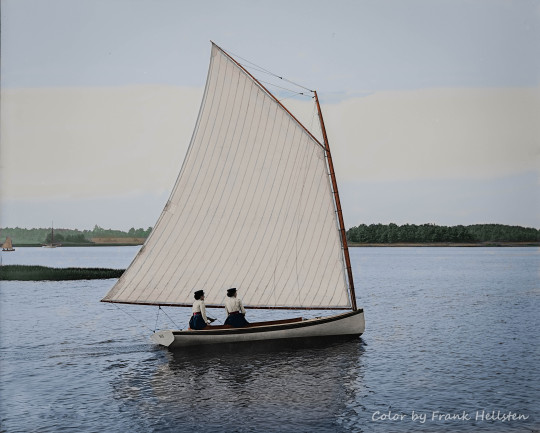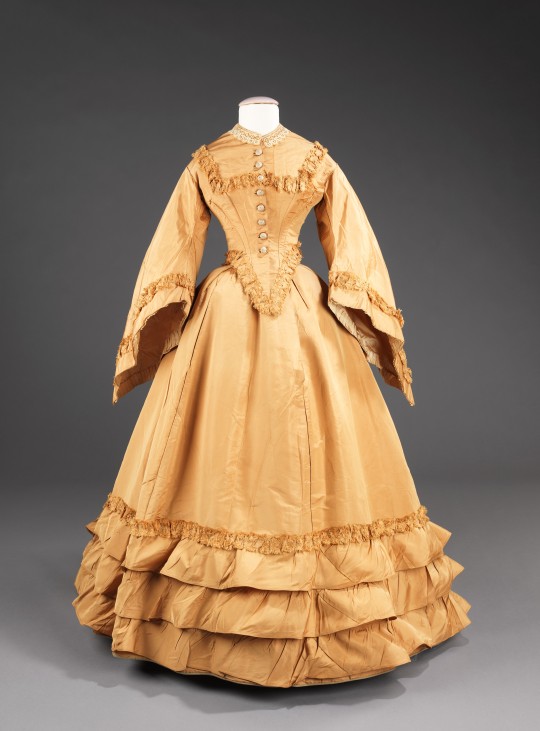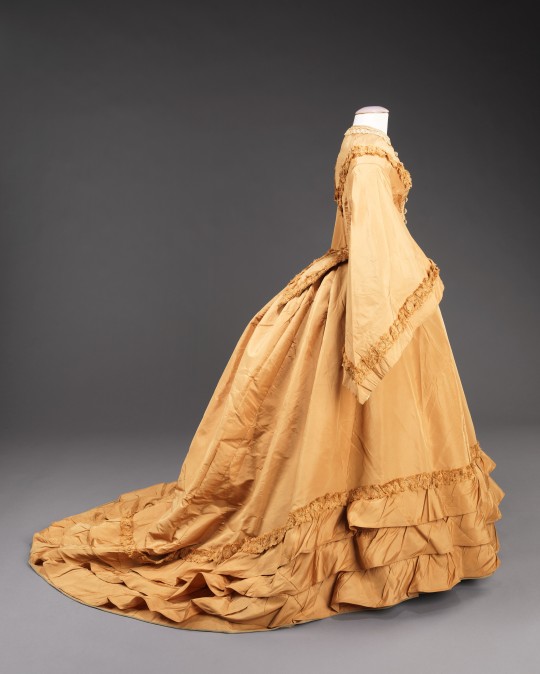#19th Century
Text


Small golden ship's port and starboard lanterns charms, 19th century
364 notes
·
View notes
Text

Baby teeth. The mouth and the teeth. 1880.
Internet Archive
223 notes
·
View notes
Text

Reclining Nude by Alphonse Lecadre (1870)
#alphonse lecadre#art#paintings#fine art#19th century#19th century art#academicism#academism#academic art#painting#french artist#french art#reclining#figurative#classic art
310 notes
·
View notes
Text

#coqette#coquette#pink coquette#girlcore#pink blog#coqeutte#girly stuff#pink moodboard#2000s nostalgia#2000s core#soft pink#pink#pink and white#pink aesthetic#pinkcore#pastel#girly#kawaii#victorian#1800s#19th century#victorian era#morute#morbid cute
141 notes
·
View notes
Text

"The punishment of Marcias" from Tiziano, 1575
106 notes
·
View notes
Text

Nicola Coughlan as Penelope Featherington in Bridgerton (TV Series, 2020- ).
#nicola coughlan#penelope featherington#bridgerton#perioddramaedit#fashion#19th century#john norster#john glaser#ellen mirojnick#sophie canale
124 notes
·
View notes
Text




Wool Gown
c. 1887-8
The John Bright Collection
#historical fashion#fashion history#historic fashion#19th century#1880s#history of fashion#dress history#frostedmagnolias
69 notes
·
View notes
Text

gold Art Nouveau gargoyle brooch
#art nouveau#victorian era#victorian gothic#19th century#whimsigoth#antique#gothic aesthetic#vintage ephemera#gothic#dark core gothique#dark academia#light academia#transparent#ephemera#gold#metal#pearl#gargoyle#⭒* ·˚ ☾ ⊹.
56 notes
·
View notes
Text
#sevgili#onlyfans subscription#mick schumacher#泉里香#charles xavier#19th century#thoma#illest#bts meme#woodworking#planet#coming out
129 notes
·
View notes
Text

submitted by @downtonbaddie7 🩷💛
#historical fashion poll submission#historical fashion polls#fashion poll#historical dress#historical fashion#dress history#fashion history#fashion plate#19th century#19th century fashion#19th century dress#late 19th century#1890s dress#1890s fashion#circa 1890#1890s#1893
71 notes
·
View notes
Text
#nekomimi#sevgili#onlyfans subscription#泉里香#19th century#thoma#illest#atsumu x reader#bts meme#woodworking#carrie bradshaw#jenna coleman#lucia javorcekova#free verse
128 notes
·
View notes
Text

Yachtswomen in the late 19th century - Frank
105 notes
·
View notes
Text

Blasted Trees and Flattened Crops, from Thornton's Pastorals of Virgil. 1821.
Met Museum via Internet Archive
140 notes
·
View notes
Text
#19th century#illest#bts meme#Joseph Morgan#woodworking#styroblr#carrie bradshaw#wreck this journal#the story so far#teaching#rouxls kaard#eddie brock
132 notes
·
View notes
Text
Wedding dress, American, silk, c. 1851.


This wedding dress presents a conundrum in that some stylistic aspects of the dress appear to be later than the marriage date of 1851 provided in the original accession records. While the bodice has very fashionable full size pagoda sleeves, which were a new shape in 1851, the skirt with bustle, train and ruffles at bottom is more consistent with the 1870s rather than the dome shape of the 1850s. While it is possible that the skirt was re-made for a later bride, there is no obvious indication of that being the case. Wedding clothes have traditionally been vehicles for fantasy and historicism, however, which may be the case in the styling of this one. It nevertheless is a grand dress made for a wedding in Grace Church, a high society Brooklyn house of worship.
The MET Museum
39 notes
·
View notes
Text
The dangers of the combat zone

"Women accompanying the military were in what military historian John Lynn calls the combat zone, which is
best defined by the intensity and immediacy of danger and by the ability to do direct harm to the enemy… the full reality of war lives here. Modern armies regard it as an innovation to send some women into combat, but in the campaign community all women stood in harm’s way.
It would be odd to imagine that the women accompanying an army, exposed as they were to all the dangers of the military world, didn’t pick up arms and fight. In 1643, in the earlier stages of the English Civil War, a regiment of troops was recalled from Ireland to support King Charles. Rumours swirled that they were accompanied by a regiment of women, and that ‘these were weaponed too; and when these degenerate into cruelty, there are none more bloody’. Indeed, when 120 Irish women were taken prisoner at Nantwich they were discovered to have long knives with them, causing a furore in the press. The dubiously named True Informer excitedly reported that the knives in question were half a yard long, with a hook at the end ‘made not only to stab but to tear the flesh from the very bones’. The likeliest explanation for these knives, however, is that the women weren’t soldiers; they were camp followers, and they needed the knives to help them with pillage and self-defence.
The women of the campaign community did fight. The Bishop of Albi, on the battlefield of Leucate in southern France to administer to the dying in 1637, came upon the bodies of several women in uniform. ‘These were the real men,’ he was told by the Castilian soldiers, ‘since those who had fled, including certain officers, had conducted themselves like women’.
Madeleine Kintelberger was a vivandière accompanying the French Seventh Hussar Regiment at Austerlitz in 1805, along with her soldier husband and their six children. The regiment was under heavy attack from Russian forces when her husband was killed by a cannonball, and her children seriously wounded. Madeleine herself had taken a cannonball to the arm, virtually slicing it off below the shoulder. As the Russian Cossacks approached, she scooped up a sword to defend her children, receiving further wounds in both her arms before the family was taken prisoner. Madeleine was six months pregnant and gave birth in captivity. Her bravery was rewarded with a pension from Napoleon. Examples of cantinières fighting are ‘legion’."
Forgotten Warriors, Sarah Percy
#history#women in history#women's history#19th century#17th century#women warriors#warrior women#madeleine kintelberg#european history#historical figures#historical#france#franch history#england#english civil war#napoleoni
45 notes
·
View notes